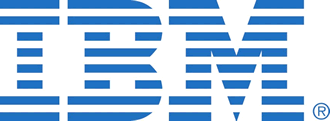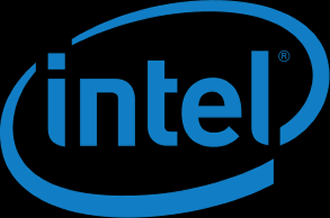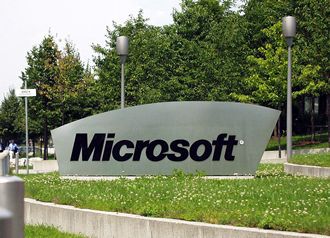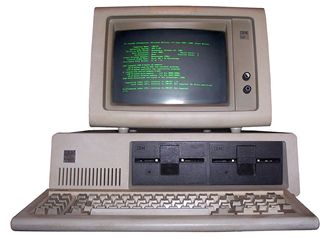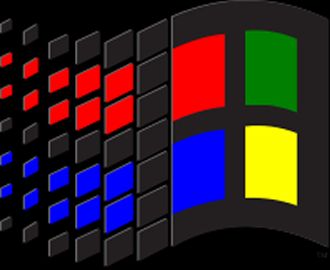 Despite winning all sorts of console contracts, AMD managed to disappoint Wall Street by posting a loss this quarter and gave a revenue forecast for the current quarter that missed expectations.
Despite winning all sorts of console contracts, AMD managed to disappoint Wall Street by posting a loss this quarter and gave a revenue forecast for the current quarter that missed expectations.
AMD’s stock fell 15 percent in extended trade after the outfit said it had a net loss of $36 million in the June quarter, compared with a loss of $74 million, a year earlier.
Intel’s results had created expectations on Wall Street that the worst is over for the personal computer industry. However this seems to suggest that AMD does not think so.
AMD has been expanding into new markets like game consoles and low-power servers and it aims to obtain half of its revenue from those additional businesses by the end of 2015.
Some of the dafter analysts think that the problem is because AMD is too dependent on the PC and does not make enough cash making mobile gear. That argument falls flat when you realise that Intel made a stonking profit but its mobile division bled cash.
Generally it was nothing to do with falling PC sales, or a drift to mobile. AMD’s biggest problem is debt. Each quarter it has to pay $49 million to service its huge debt pile. If this were not, there the company would have reported a non-GAAP operating profit of $67 million.
In fact AMD’s revenue rose 24 percent to $1.44 billion in the second quarter. The company said its third-quarter revenue would rise 2 percent, plus or minus 3 percent, from the June quarter. That would be about $1.47 billion. Analysts on average had expected revenue of $1.44 billion in the second quarter and $1.57 billion in the third quarter.
Revenue in the Computing Solutions Group dropped 20 percent from a year ago, to $669 million, as microprocessor unit shipments declined. But notebook processor sales rose, while AMD sold fewer desktop processors and chipsets. GPU revenue declined as well, partially offset by a rise in chips sold into graphics workstations and add-on cards.
